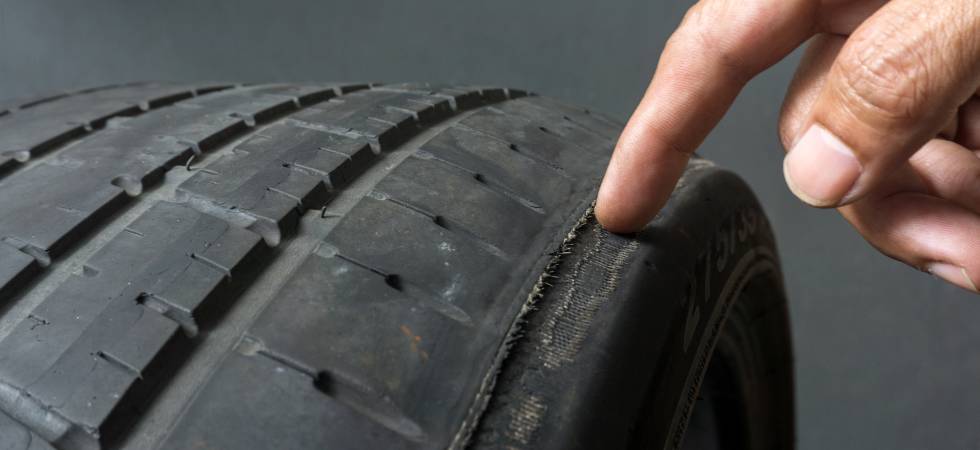Uneven Tire Wear: Causes and How To Prevent It
Tires are the only parts of your car that make contact with the road, which means they directly impact safety, handling, and efficiency. However, uneven tread wear can compromise performance and increase expenses.
Knowing the cause of uneven tire wear and how to prevent it will help you maintain a safer, smoother ride and save money in the long term. Below, uncover the common causes of uneven tire wear and practical steps to keep your tires in top shape.
1. Misaligned Wheels
When your car’s wheels aren’t correctly aligned, they won’t wear evenly. Misalignment can cause your tires to tilt inward or outward, resulting in excessive wear on one side of the tires. Drivers may notice symptoms such as the car pulling to one side or an off-centered steering wheel. Regularly scheduling an alignment check can save you from buying replacement tires earlier than necessary.
2. Incorrect Tire Pressure
Driving with tires that are over or underinflated creates uneven contact with the road. Underinflation typically results in greater wear along the outer edges, while overinflation causes the center to wear out faster. Make it a habit to check your tire pressure monthly, and use the recommended PSI listed in your vehicle manual for accurate inflation.
3. Worn Suspension Components
Your car’s suspension system absorbs bumps and keeps your tires planted properly on the road. Over time, components such as shocks and struts can wear down, resulting in uneven tire pressure distribution. This results in abnormal patterns of tread wear, such as cupping or scalloping. Replacing worn suspension components as soon as issues arise can prevent further damage to your tires.
4. Neglecting Tire Rotation and Balancing
Failing to rotate your tires contributes to uneven wear since the front and rear tires often don’t wear at the same rate. Rotating your tires distributes tread wear more evenly across all four tires, extending their lifespan. Additionally, an unbalanced tire can create a wobbling effect, causing uneven wear over time. Learn the difference between rotation and balance, and ensure both practices become part of your regular tire maintenance routine.
5. Driving Habits
Aggressive driving, including fast cornering or sudden braking, can accelerate uneven wear. For instance, hard cornering often causes more wear on the outer edges of your tires. Adopting smoother driving habits not only saves your tires but also boosts fuel economy and enhances vehicle longevity.
6. Low-Quality or Mismatched Tires
Not all tires wear the same. Low-quality tires often degrade faster, while mismatched tires (different brands, sizes, or tread patterns) can behave unpredictably. Try to choose matching, high-quality tires suited to your vehicle’s requirements to avoid uneven tread patterns.
Prevention Starts With Awareness
Knowing how to prevent uneven tire wear requires a proactive approach to vehicle maintenance. Addressing potential issues early and being consistent with care can extend the life of your tires, improve your vehicle’s performance, and ensure a safer driving experience. Proper maintenance not only reduces long-term costs but also contributes to a smoother and more reliable ride.

